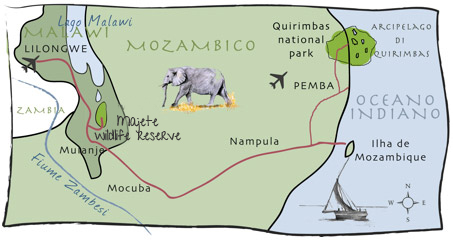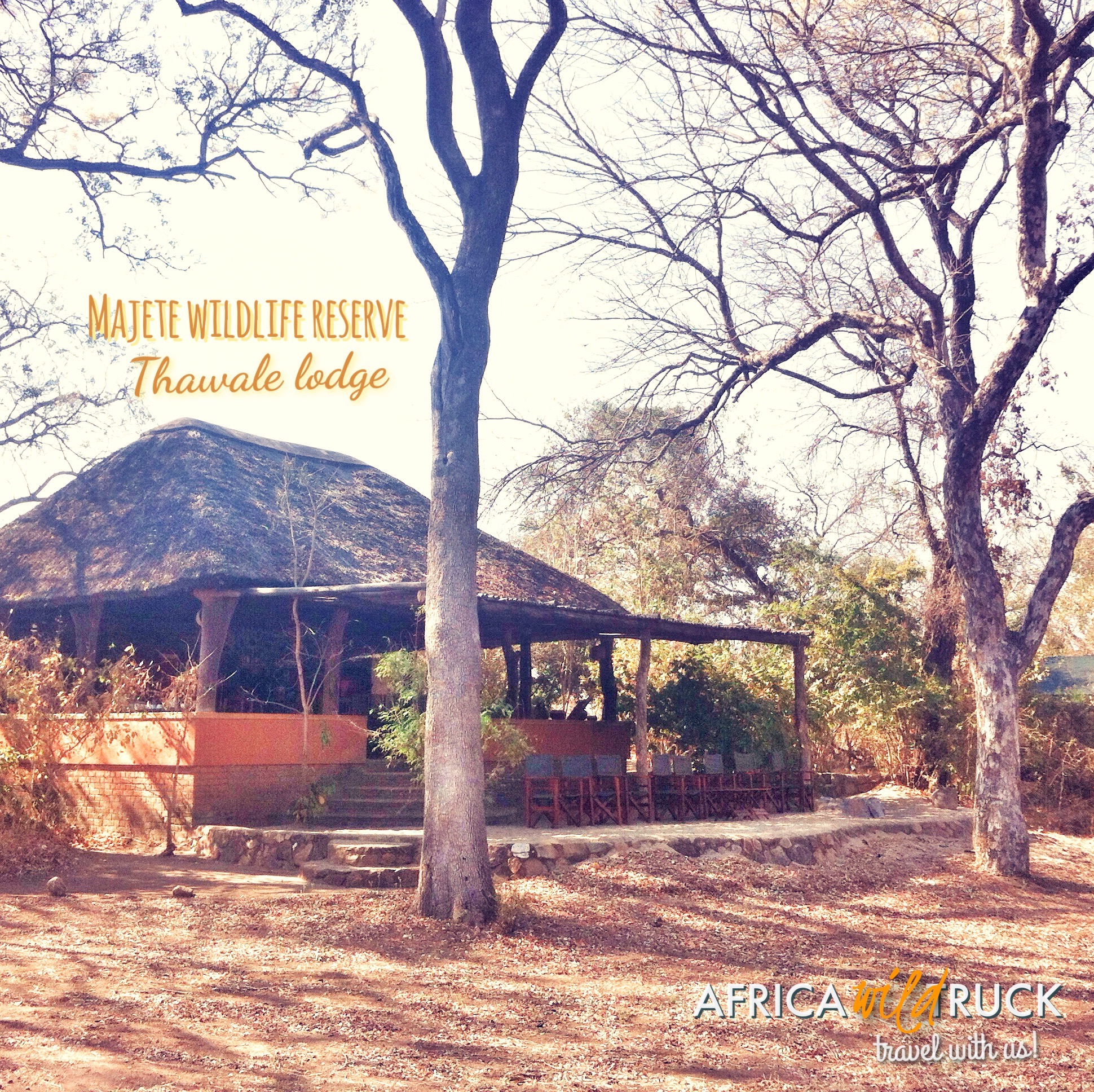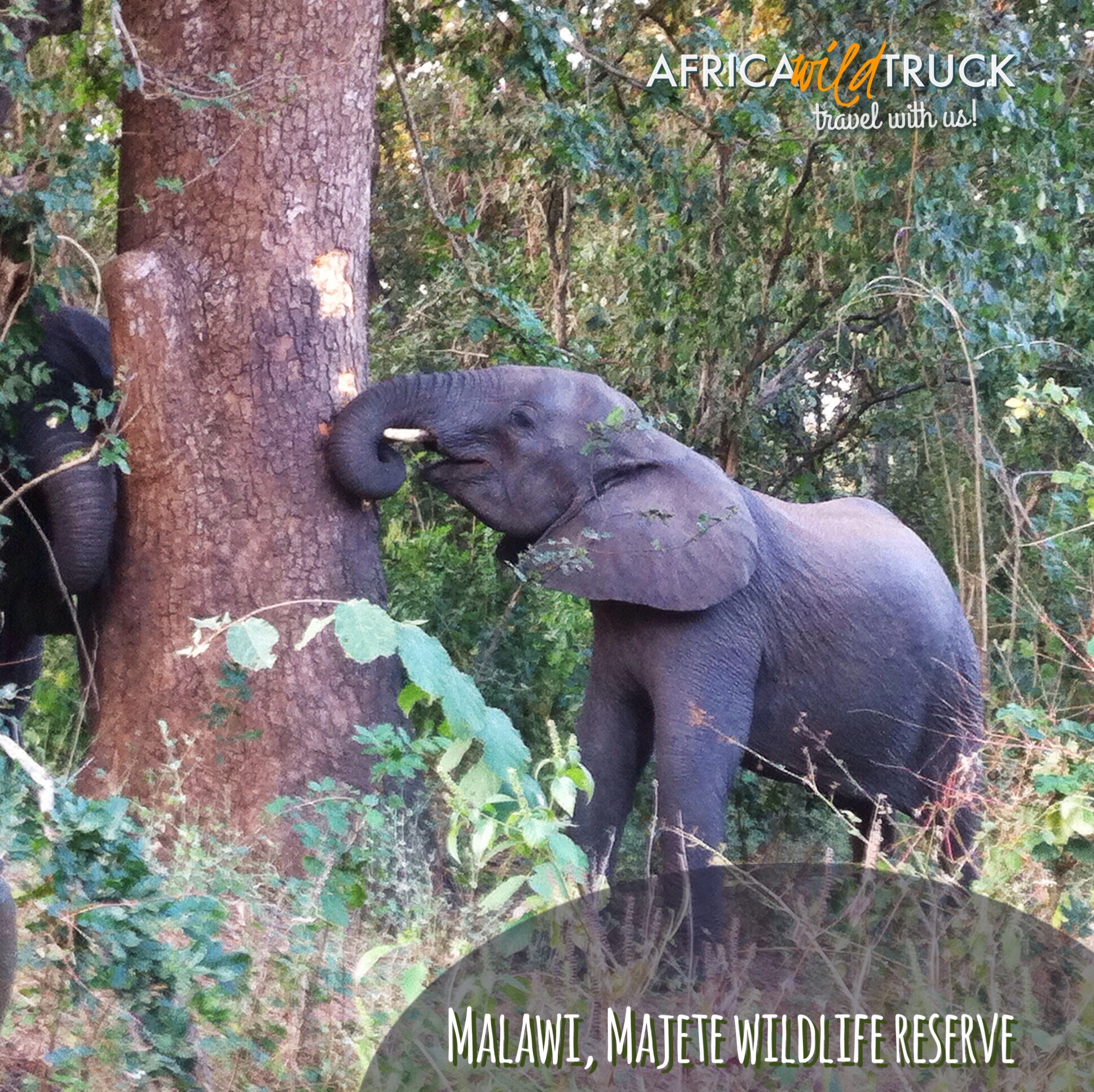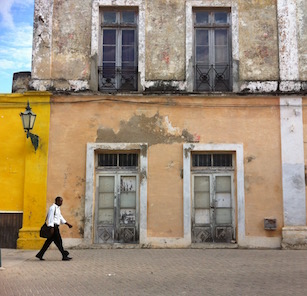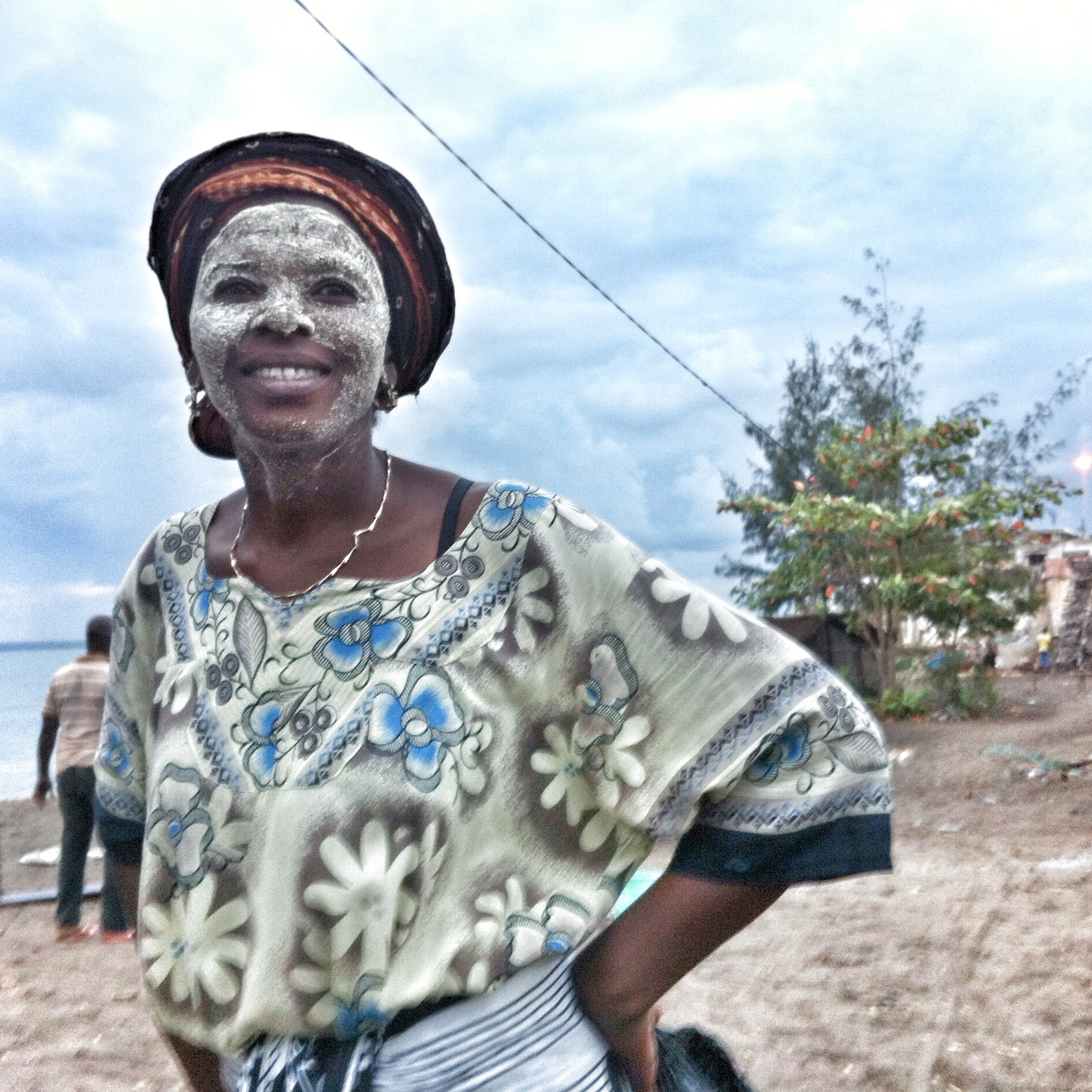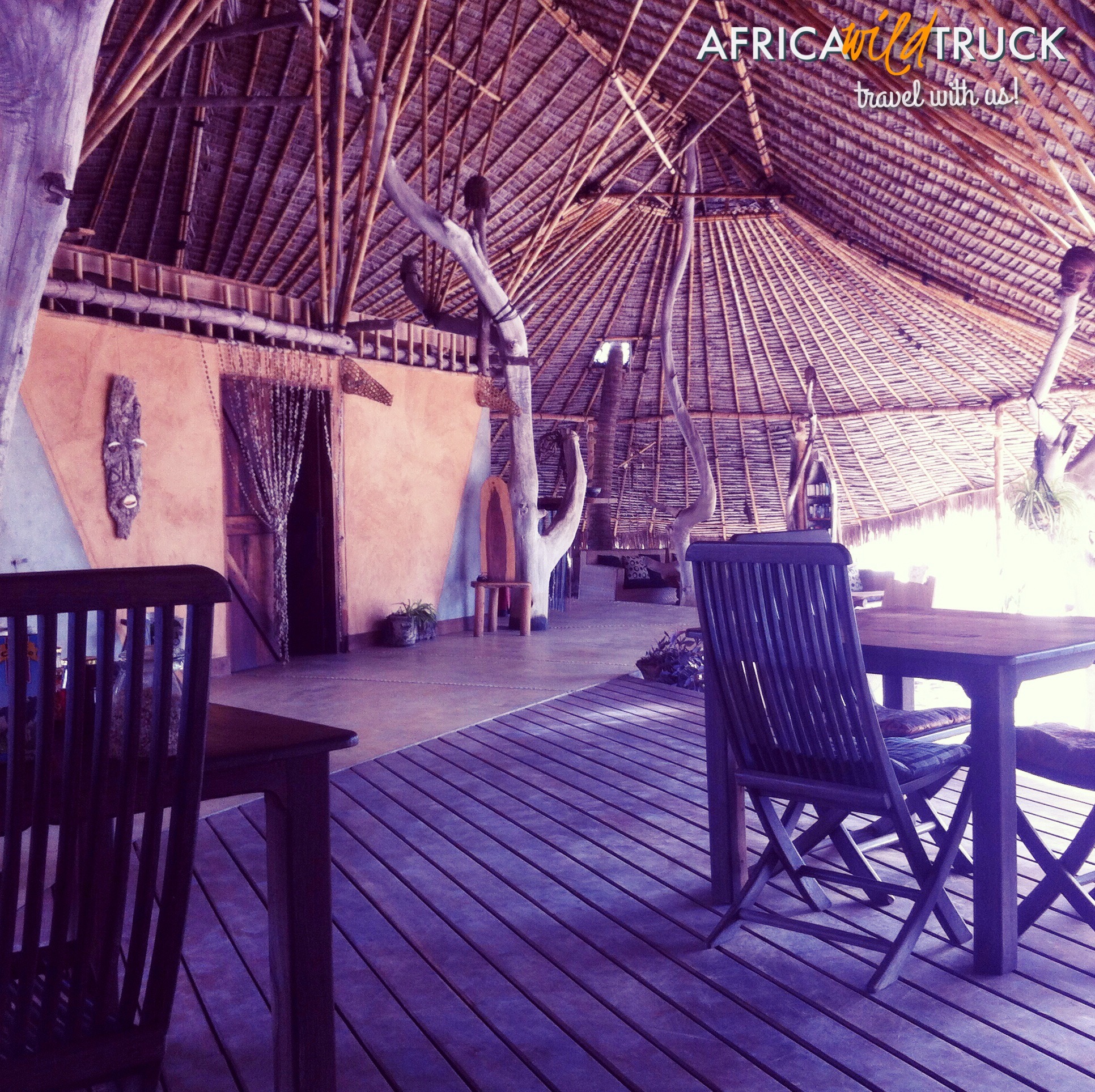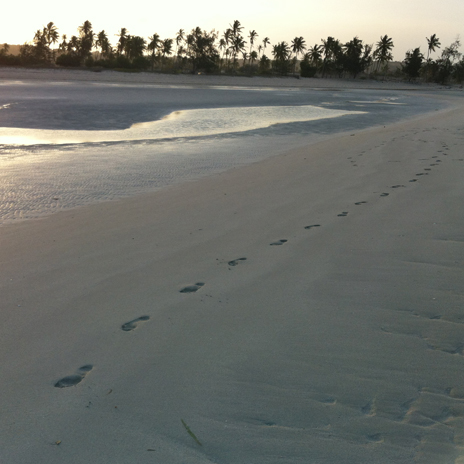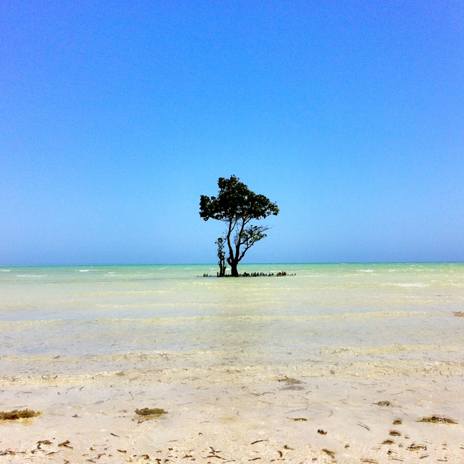Expedition 116 – Mozambique and Malawi sea safari history
Mozambique and Malawi sea safari history. On Mozambique island, in Majete Wildlife Reserve, in the Quirimbas National Park, history, traditions, safari and pristine beaches.
WHAT WE WILL SEE
Mozambique and Malawi sea safari history. Sea safaris and history between Mozambique and Malawi. A diverse and complete tour. Ocean environment of the coast, from tea plantations, to the warm welcome of Malawi, safaris in Majete Wildlife Reserve in the Shire Valley, a success story of restocking and conservation. Present in Majete are all the big five, lions, leopards, blacks rhinos, elephants and buffalos as well as sable antelope, zebras, eland and Lichestein’s heartebeest. We will enter the mid of the park even at night for safaris in search of predators.
Then to Ilha de Moçambique Island World Heritage Site, a jewel of tradition and culture that can not be missed on a trip to Mozambique. The meeting with the local people in Malawi and Mozambique, remain in our hearts for their simplicity in the joy of living: places still untouched and little tourist immersed in nature, animals, villages, markets, a journey through two countries so unique and so unforgettable.
The first tea plantations in Africa were introduced in the late nineteenth century precisely in Malawi: the views open up spectacularly in huge and rolling hills covered by a perfect green mantle and tea. Walking through the immense spaces of the plantations we meet the tea workers who patiently pluck the young leaves at the top of the plants, leaf after leaf.
Ilha de Moçambique, a small island a World Heritage Site, rich in culture, traditions and contradictions that make it really fascinating. And the island from which Mozambique as a country derives its name and was the first capital city; we’ll tell you about the history of this country that we love and know deeply.
Behind the Quirimbas National Park we will hung on for a few days on one of the most beautiful beaches of Mozambique on the Indian Ocean: the coasts amaze us for their beauty and tranquility.
DURATION: 12 days. Possibility of extensions to the Quirimbas islands or on the coast of the Indian Ocean.
TRAVEL – Expedition 116 – Mozambique and Malawi sea safari history.
“From a distance this Ilha seem small but is big.
It has a long history from its inhabitants about its monuments. It is not possible for us to tell you everything we know. Ilha has others who likewise want to tell you.If you want to hear the whole story you will stay for a while in Ilha. So you will be shown the way that you have not seen. “
folk song free verse Nelson Saute and Antonio Sopa adapted from Mozambique, Gouache Francesca, Stefano and Gianni Pesarelli Bauce, Ed. Polaris”.
The northern Mozambique, rural and quiet, away from the bustle of the capital Maputo. The main ethnic group, the Macua and their deep traditions that are handed down from generation to generation.
The island of Mozambique, Ilha de Moçambique, is not just a mere island, but an island that gave its name to the entire country: Mozambique. As well as being a World Heritage Site on paper, it was the first capital of Mozambique; There are many stories to tell on the two island cores; the Stone City, built by the Portuguese and Macuti City, with typical thatched roofs. The rich Mozambican history passes through this island. The majesty of the fortress, palaces, squares, churches, take us back to Europe, but the African sun reminds us that the other side of the hemisphere, in Ilha, you live in this time and in this space is not mythical .The pristine beaches in the north of Mozambique, the palm trees and the intense colors of the Indian Ocean and the typical sleepy rhythms of the swahili culture. We will be close to the Quirimbas National Park, remembered for its high biodiversity and for the views of the most beautiful beaches on the East African Coast. The terrestrial vegetation is a mosaic of coastal forest and river, mangroves, bamboo, acacia forests and mixed miombo, palm trees and dry vegetation providing refuge to several species of mammals, reptiles, amphibians and birds.
In Malawi, welcoming and warm country: its people have a warm and hospitable heart that in no other country in Africa we have ever heard. In the far south of Malawi blossoms a park that has an incredible story: Majete wildlife reserve boasts the famous Big Five: buffalos, lions, leopards, elephants and rhinos. Proclaimed in 1955, it is located in the Lower Shire Valley, at the bottom of the Rift Valley. 700 km2 of nature, between forests of miombo (the popular tree) and riverine vegetation. The Majete is an incredibly beautiful reserve, but also one of those success stories that we would more often hear and tell. Thanks to an agreement between public and private, the Government of Malawi and the African Parks, the involvement of local communities without whom this would not be possible, dozens of species in massive quantities have been re-introduced. We speak of 2550 animals including elephants (Loxodonta africana), blacks rhinos (Diceros bicornis), African cape buffalo (Syncerus caffer), eland (Tragelaphus oryx), sable antelope (Hippotragus niger), waterbuck (Kobus ellipsiprymnus), nyala (Tragelaphus angasii), Lichtestein’s hartebeest (Alcelaphus bucelaphus), impala (Aepyceros melampus), zebras (Equus quagga) and warthogs (Phacochoerus africanus). Present are also mammals such as kudu, reedbuck, silvicapre, suni and bushpigs. Among the large carnivores present, are hyenas, leopards, lions, often spotted next to Thawale lodge. Not only nature. Majete is an example also for the awareness and respect that has been created between the communities living around Majete for sustainable tourism. In less than 10 years, workers have gone from 12 to 150, all permanent, made up of micro enterprise projects, environmental information and education. No doubt the park is now famous here in Malawi as an example of success.
We arrange the day and night safaris in one of the most exciting and fascinating experiences that you can do in Majete, one of the few areas in Africa where it is allowed to do this activity.
The first tea plantations in Africa were introduced in the late nineteenth century precisely in Malawi: the views open up spectacularly in huge and rolling hills covered by a perfect green mantle and tea. Walking through the immense spaces of the plantations we meet the tea workers, who patiently pluck the young leaves at the top of the plants, leaf by leaf, to fill the huge baskets on their backs. Markets and villages are the perfect setting with their colors, their scents and the joy and the traditional hospitality of local people. The major African cities with their amazing rhythms and contrasts, the colonial architecture and the magical atmosphere as the sun prepares the evening show of the sunset.
Away from tourism, away from the beaten circuits, despite the poignant beauty of its landscape, its hospitable and incredibly friendly people, the kilometers of pristine beaches of golden sand, Malawi is a country not yet discovered by tourism and this makes it even more fascinating.
STAFF
Staff is made by professional guides trained by Malawi Tourism sector. WHO WE ARE
MEANS OF TRANSPORT
All distances will be covered with one or more means Toyota or Land Rover or similar off-road 4 × 4. A further provision, in the case of nights camping: mattresses, refrigerator, food, field kitchen, 12/220 V. current to recharge the batteries, two-way VHF, GPS, notebook to download digital photos and movies, satellite phone (cost 5 euro / min), first aid kit and a good travel library, with our guides to travel with.
ACCOMMODATION
Always lodge accommodation. The nights in Majete Wildlife Reserve in the magnificent Thawale lodge in the heart of the park, winner of numerous awards such as eco-lodge. A Mulanje accommodation exclusive to us reserved in ancient colonial house, where AfricaWildTruck is based within a historic garden in the tea plantations. In Nampula overnight in simple, well-run hotel; Ilha de Mozambique overnight in recently rehabilitated palace overlooking one of the island’s historic squares. In Pemba three nights in beautiful eco-lodge in the south of one of the best beaches in the country.
The rooms in the lodge / chalet / hotel, is intended, unless otherwise requested, in double or, in rare cases, triple; They could be replaced for technical-organizational problems without distorting the original plan. The facilities have been carefully chosen following an idea of land conservation and sustainability of travel, preferring positions in close contact with nature. For a list of the lodge / camping write to us!
THE PERIOD/SEASON
Temperatures depend largely on the season, from the latitudes and altitudes. On the right is a table indicative of average temperatures in the different seasons. The hottest month is November, the coolest month is June / July. The dry season is from April / May to November. The wet season runs from December to March / April, during this time you can see the parks in their green splendor; some babies of mammals are born in this period as well as many birds cross the mating season, changing plumage and courting females. We recommend both seasons, both in fact have a special charm. August is ONE MONTH DRY, IDEAL FOR NORTH OF MOZAMBIQUE!
Contact us for more information on the current season, they are not all the same each year!
ROADS
We will cover approx 2000 km, 300 of which are dirty road to move into the parks and the rest of good tar road.
A SAFARI GUIDE
The numerous game drives (English definition that describes the excursion in 4 × 4 organized for the sighting of animals), will take place in the daytime and at night with the jeep. It is not required to take special preparation except the desire to get up at dawn and patience required in search of animals. Note that Safari will be held during the coolest hours of the day (sunrise and sunset), when animals are easier to spot. Being self-driven, however, we may decide to stop on a scene for as long as possible, always following the rules of the park. The safaris are conducted in open jeeps equipped for the safari.
The boat safari on the Shire River in Majete Wildlife Reserve is an exciting experience in the warm heart of Africa. Here the boat safari is not to be missed. Besides us, there will be a further professional guide who will accompany us for the duration of the safari to better enjoy the close contact with nature. The experience is very interesting especially for close point of view that you can enjoy boating; observe animals during their daily activity on the banks of the river is really a privilege for photography enthusiasts!
Photographers during the safari will always be permitted to bring their own camera equipment. The guides will aim first of all to put the vehicle in the best position, where safety and security permits. Inside the park the jeep will NOT communicate by radio with each other, to avoid the crowd on an animal and thus preserve the peace.
Then the vehicle must be in the right place at the right time to see what you want; we prefer that a sanctuary of nature as the Majete Wildlife Reserve preserve this spirit of adventure that so characterizes it.
Important information: in the parks or in the camps, will be made to sign a disclaimer of responsibility required to access given the nature of the place.


